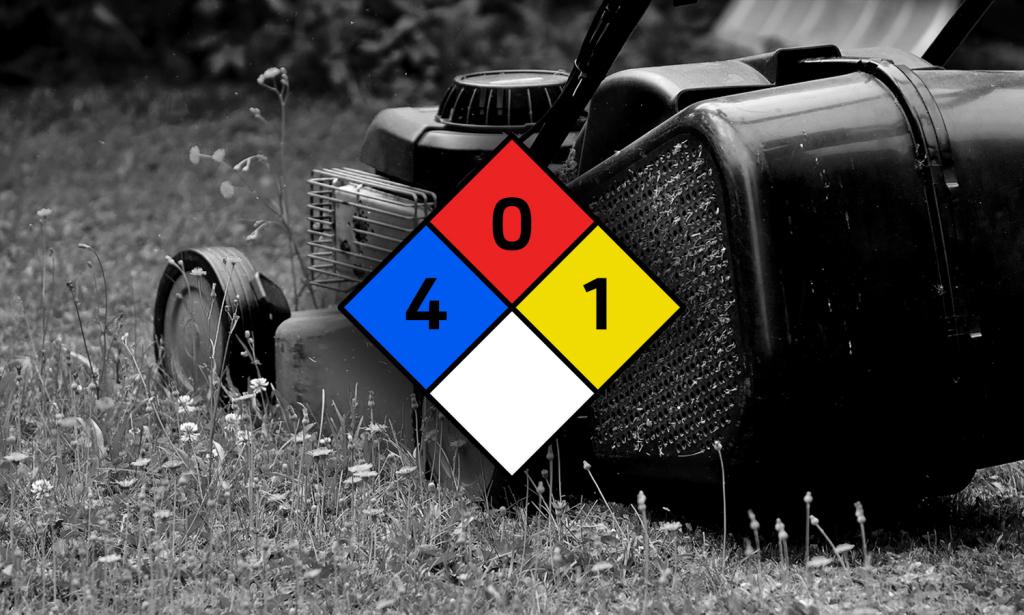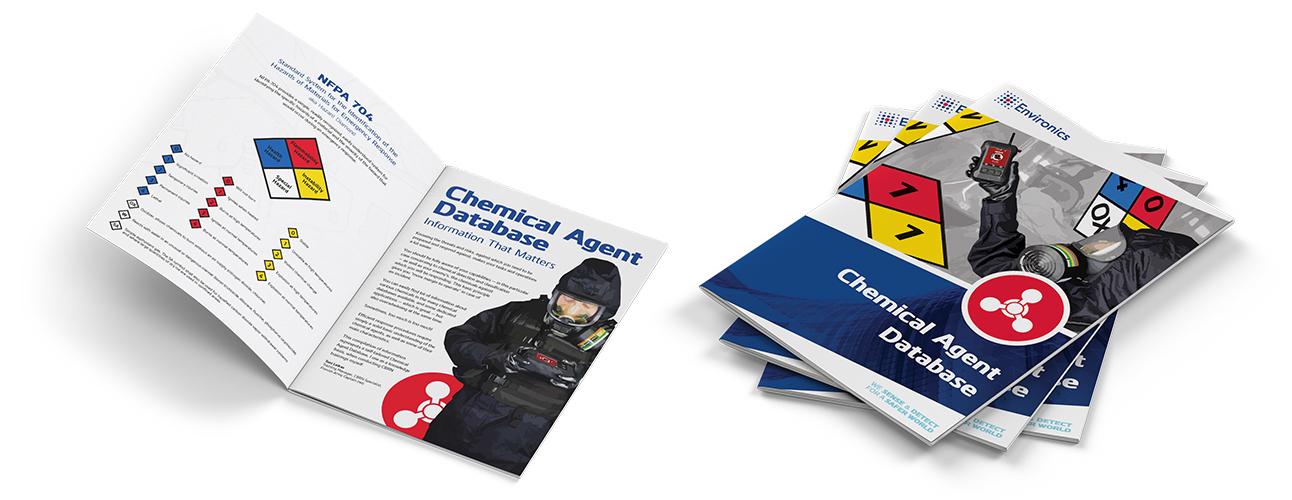Who mowed the lawn yesterday?
It smells like musty hay!

Historical background of phosgene
Choking chemical agents are the oldest warfare agents. This type of agents was used for the first time in Peloponnese war in 428 and 424 B.C. The English scientist J.H Davy discovered phosgene already in 1812, when exposing a mixture of carbon oxide and chlorine to the sunlight.
The first German phosgene attach took place in 19th December 1915 against the British. Despite the favourable conditions, the gas did not have a great effect. The first documented use of phosgene by the Germans against the French was in October 1915, in Champagne. The gas was a mixture of chlorine and phosgene, with the chlorine helping to spread the denser phosgene. The French army used Phosgene for the first time at Verdun, in February 1916.
The totally estimated manufactured ammount of phosgene is approximatelly of 37 000 tons.
Because this gas so poisonous, its usage as a chemical weapon during the World War I is estimated to be responsible for 85,000 deaths. Phosgene was also used by the Japanese Army against the Chinese during the Second Sino-Japanese War. Phosgene was also used on 375 separate occasions during the Battle of Wuhan, from August to October 1938.
On 23rd January 2010, an accidental release of phosgene gas at a DuPont facility in West Virginia killed one employee.
In India, on 3rd November 2016, four laborers died and thirteen others were injured following a leakage of poisonous phosgene gas, at a chemical plant in the state of PSU Gujarat Narmada Valley Fertilizers, and Chemicals Ltd (GNFC) in a village.
Commercial uses of chemical or precursor chemicals
Just like hydrogen cyanide which is currently produced in great quantities by several processes, also phosgene is a widely used chemical intermediate, primarily manufactured for the synthesis of isocyanate-based polymers, carbonic acid esters, and acid chlorides. It is also used in the manufacture of dyestuffs, some insecticides and pharmaceuticals, and in metallurgy.
Symptomatology
Phosgene is a colorless fuming liquid creating gas below boiling point. It may have the appearance of a white cloud. When it is refrigerated or compressed, it is a light-yellow liquid. Phosgene has an odour similar to new-mown hay, green corn or rotting fruit. It is high volatile (VVOC) and non-persistant, however, being heavier than air. It is militarily classified as a choking agent.
Immediate signs and symptoms of exposure to phosgene can be nausea, vomiting, coughing, choking and, chest tightness. Delayed symptoms can be pulmonary edema – aka “dry-land drowning”. The effects may be delayed from 30 minutes up to 72 hours.
Response
Leave the area and evacuate the exposed people into fresh air, keeping in mind that being heavier than air, phosgene will settle in low-lying areas.
For first responders, the protection level in an unknown situation, is the highest level.
In a small spill or leak (less than 200 litres) the initial isolation distance in all directions is 100 meters and protection distance during day is 600 meters, changing to 2,4 kilometres during night.
In a large spill/leak (more than 200 litres) the isolation area is 500 meters in all directions, and the protection distance during day is 2,9 kilometres, changing to 9,2 kilometres during night.
All indications — smells, people’s symptoms — are clues to be taken into account together with detection equipment, providing data to classify and identify the chemical, and to start response actions and first aid measures.
Would you like to know more?

Get your own issue of the “Chemical Agent Database – Information
That Matters” and gain access to extra content!
[…] Phosgene (CG) 1812 […]